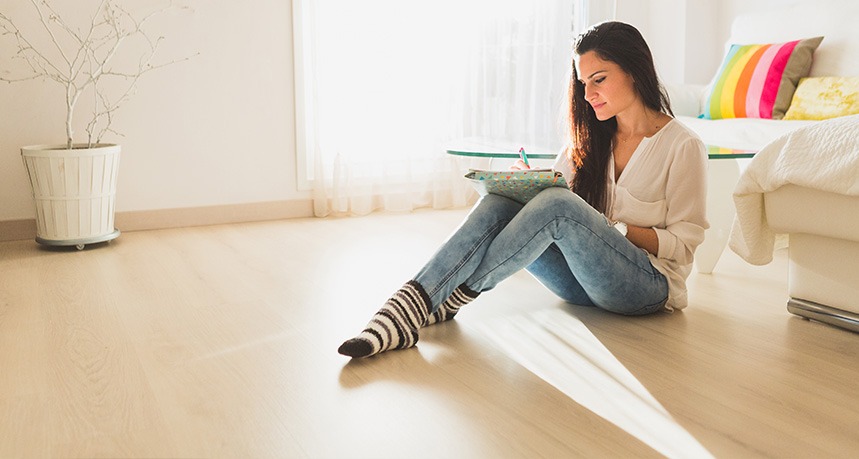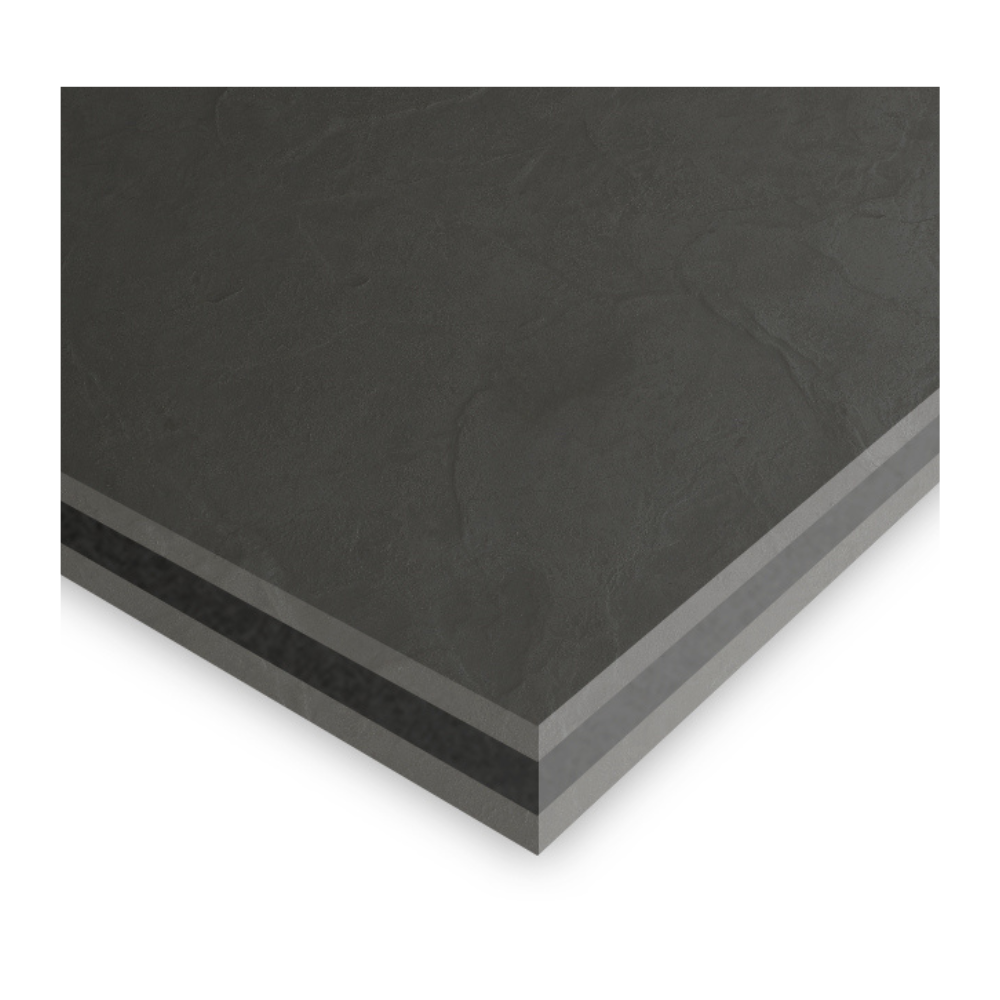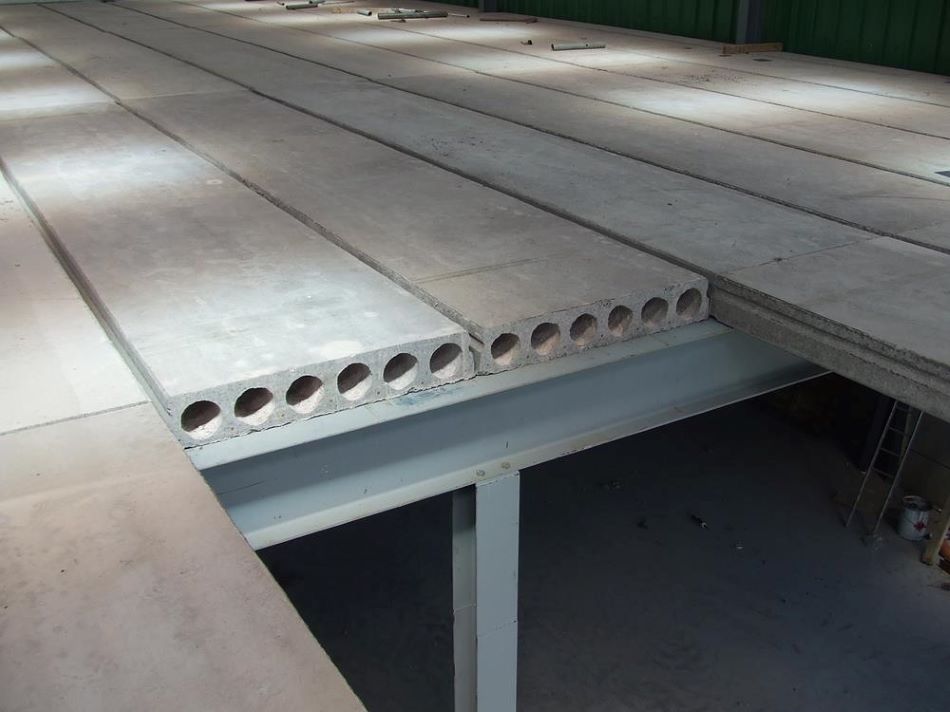Soundproofing Materials for Floors

Soundproofing Materials for Floors: The Ultimate Guide
Sound transmitting through floors can be a significant issue in homes. Whether dealing with impact noise from footsteps or airborne noise from conversations and music, the right soundproofing materials can help create a quieter, more peaceful environment. This guide will explore the best materials for soundproofing floors and how they work.
What is impact and airborne noise?
Two main noise types that pass through floors impact noise and airborne noise.
- Impact Noise: Occurs when an object makes direct contact with the floor, such as footsteps, moving furniture, or dropping items. The vibrations travel through the structure and into adjoining spaces.
- Airborne Noise: This is sound that travels through the air, such as voices, music, or television noise, and then penetrates the flooring structure.
How to effectively soundproof a floor
Effective floor soundproofing requires materials that add mass, sound absorption and sound dampening to stop airborne and impact sounds.
- Sound absorbant materials like acoustic insulation, soundproof underlay mats, and floating floors absorb impact and airborne sounds that transfer. The best way to reduce impact noise transmission through the building is to absorb the impact noise at the point of contact with the floor.
- Adding mass to the floor blocks airborne sound transfer. Wooden floors with joists are prone to allowing airborne noise to pass through. Acoustic insulation and dense underlay matting are good for stopping airborne noise.
- Sound dampening is essential for floors. It increases the floor’s ability to absorb the maximum range of sound frequencies, stopping as many of the different types of noise as possible. Product combinations are the best way to soundproof a floor and improve sound damping.
Best Soundproofing Materials for Wooden Floors
Soundproofing wooden floors
Standard wooden floor construction of floorboards onto floor joists will allow the transfer of impact and airborne sound. The general rule for soundproofing wooden floors is that impact sound is best treated from above the floorboard and airborne noise between the floor joist or above the floorboards.
- Acoustic insulation slabs between floor joists will reduce airborne noise and possibly reduce some impact sounds that pass through the air.
- When laid over floorboards, soundproof underlay mats block and reduce impact sounds, and high-density mats also block airborne sounds.
- Acoustic floorboards, such as the Noisedeck floating flooring boards, absorb impact sounds and can be applied over the floorboards or directly onto the floor joist.
- Enhance your floor soundproofing with tapes to isolate flooring from the walls, strips to isolate floor joists from floorboards, and perimeter edging strips to soundproof the perimeter of floors below carpet gripper rods.
Acoustic underlays to soundproof a wooden floor
Acoustic underlays will block airborne and impact noise transmission through wooden floors. The best soundproof underlay for wooden flooring is the Noisestop F7 Plus, as it reduces footfall across the floor, conversation, and TV noise. To get the most out of your floor soundproofing, combine acoustic insulation slabs between the floor joists to enhance the acoustic sound insulation. The Noisestop F7 Plus combines mass to block airborne sound with sound absorption to reduce impact noise, making this our best underlay for soundproofing wooden floors.
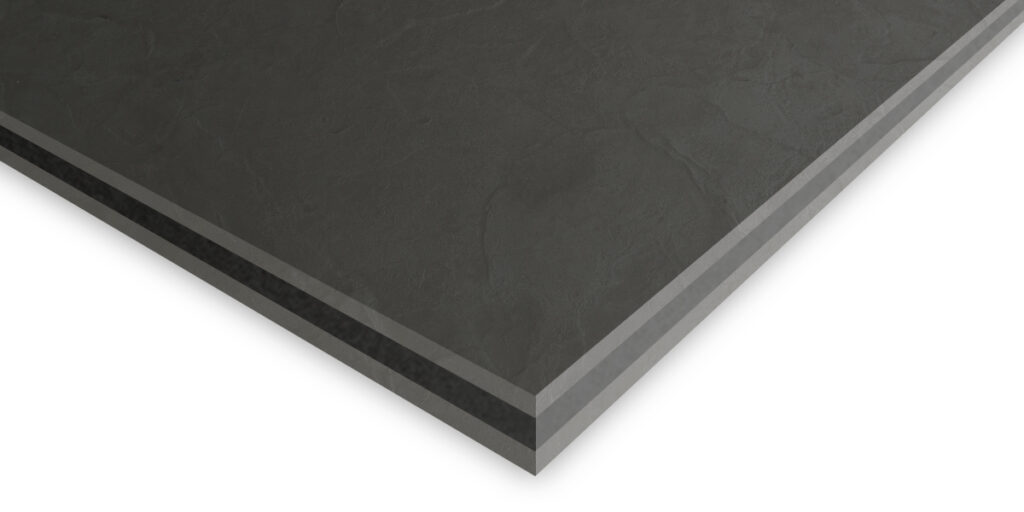
Noisestop F7 Plus is the best acoustic underlay for soundproofing a wooden floor
The Noisestop F7 Plus ensures excellent impact noise performance against footsteps, dropped items and moving furniture. It will also reduce airborne noise over timber joist floors, such as conversation and TV noise.
Meets Part E regulations for the passage of sound in new build and conversions.
Soundproof wooden floors with acoustic insulation slabs
Acoustic insulation is one of the best methods of insulating a floor against unwanted noise. Airborne sounds will pass between wooden floors through the empty cavity between floor joists. Once the sound is inside the cavity, it will resonate and possibly amplify the noise. Infilling the floor cavity with acoustic insulation will block and absorb the sound, stopping it from resonating and passing through. Slabs of acoustic insulation add mass and sound absorption to the floor, which blocks airborne sound and converts the sound’s energy into heat.
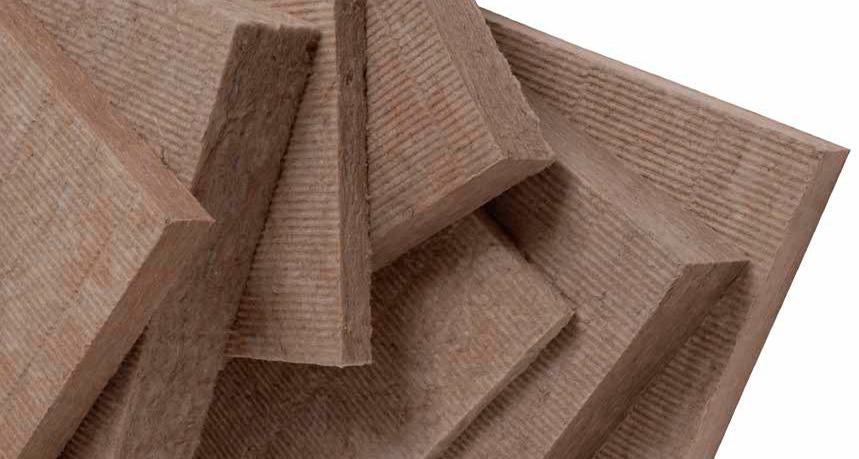
Floor soundproofing acoustic insulation slabs
Sound insulate floor joists with DFM acoustic insulation slabs between floor joists. Stop airborne sound transmission by adding mass and sound absorption to the floor with acoustic insulation. The best insulation density is the 60kg/m3 slabs, which offer the best sound insulation due to diminishing returns the further up the density range.
- Soundproof against airborne noise
- Add mass and absorption to the floor
- Soundproof between wooden floor joists
- DIY friendly soundproofing
- Acoustic and thermal properties
Floating floorboards to soundproof wooden floors
Floating floorboards are a great way of sound-insulating wooden floors to stop impact noise. They can be used as an overlay system or as a solution fitted directly onto the floor joist. The floating floor’s isolating effect, which absorbs movement and footfall noise, reduces impact sound.
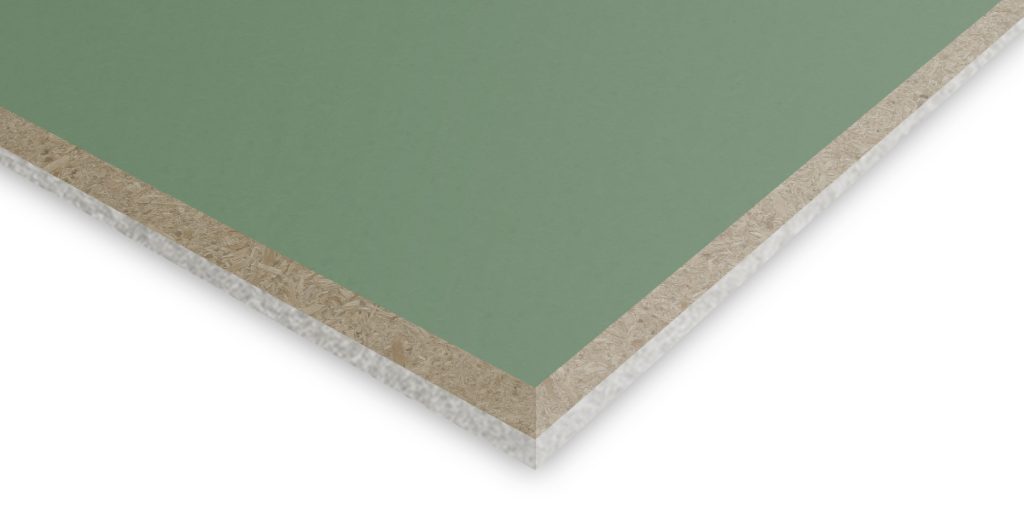
Noisedeck 28 floating floor soundproofing system
The Noisedeck 28 is a versatile acoustic floorboard because it can be used as an overlay board or fitted directly onto floor joists. It combines an 18mm interlocking T&G moisture-resistant chipboard with a 10mm layer of recycled PET mats. It is widely used in domestic soundproofing situations and in buildings that require Part E compliance.
Best Soundproofing Materials for Concrete Floors
Soundproofing concrete floors
Unlike wooden floors, airborne sounds should not be a problem due to the construction’s high mass blocking the noise. The area where floor soundproofing materials help with noise problems in concrete flooring is reducing impact sounds. Footfall and other impact sounds transmit through concrete, requiring a sound absorbant material to reduce the noise.
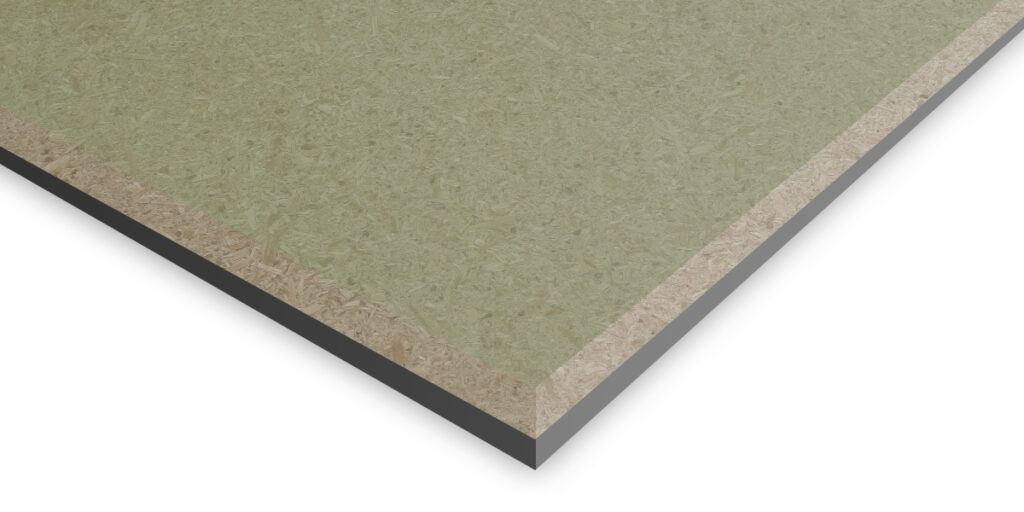
Concretedeck Acoustic Floorboard
Explicitly designed for laying over concrete floors to stop impact sound transfer. Concretedeck board can be laid straight over concrete flooring without additional floor covering.
Best floor soundproofing materials

15mm Noisestop F7 Plus 1.2m x 1.2m
£41.95 exc VAT.
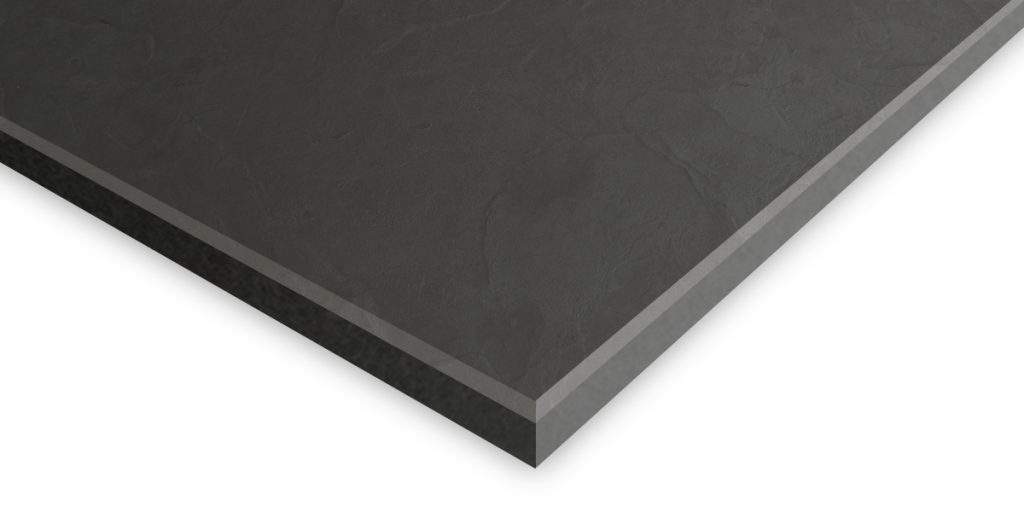
12mm Noisestop Acoustic Underlay 1.2m x 1.2m
£31.95 exc VAT.
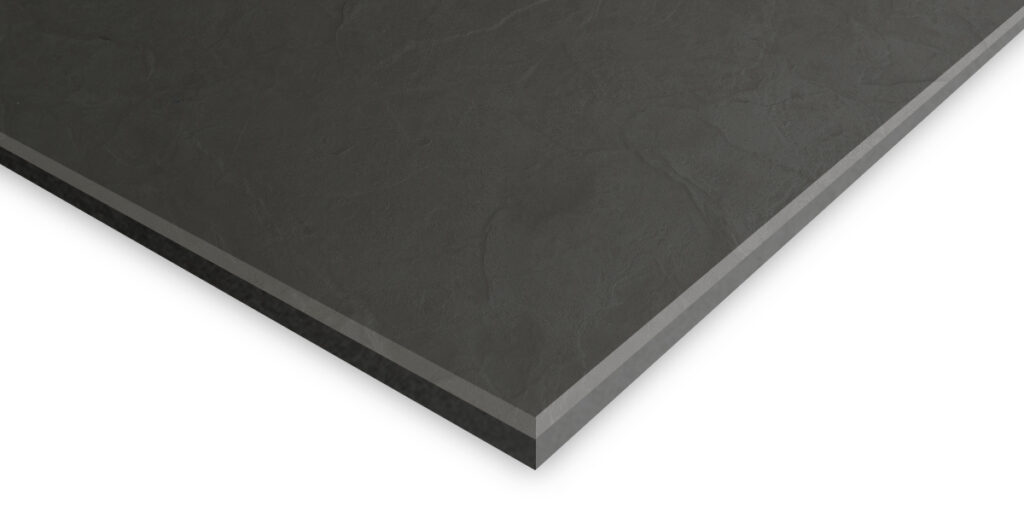
9mm Noisestop F7 1.2m x 1.2m
£26.95 exc VAT.
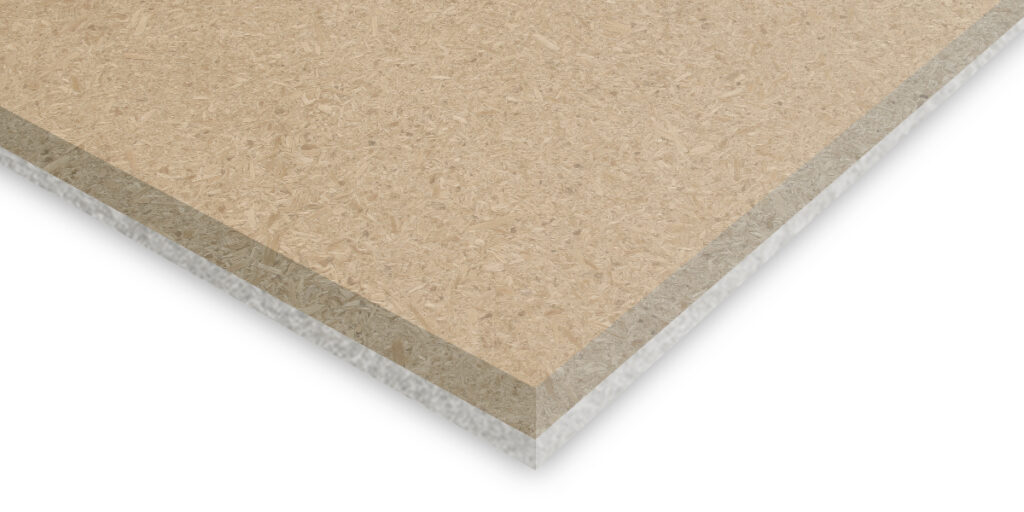
Noisedeck 19 Acoustic Flooring Board 1.2m x 0.6m
£15.95 exc VAT.

Noisedeck 28 Floor Soundproofing Board 2.4m x 0.6m
£29.2 exc VAT.
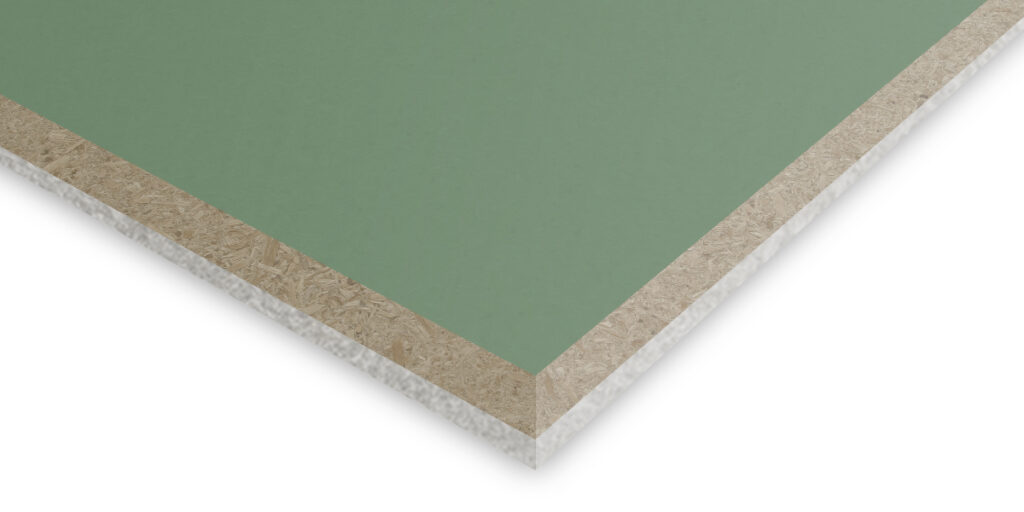
Noisedeck 32 Soundproof Flooring Board 2.4m x 0.6m
£32.95 exc VAT.

Concretedeck Acoustic Flooring Board 2.4m x 0.6m
£38.95 exc VAT.
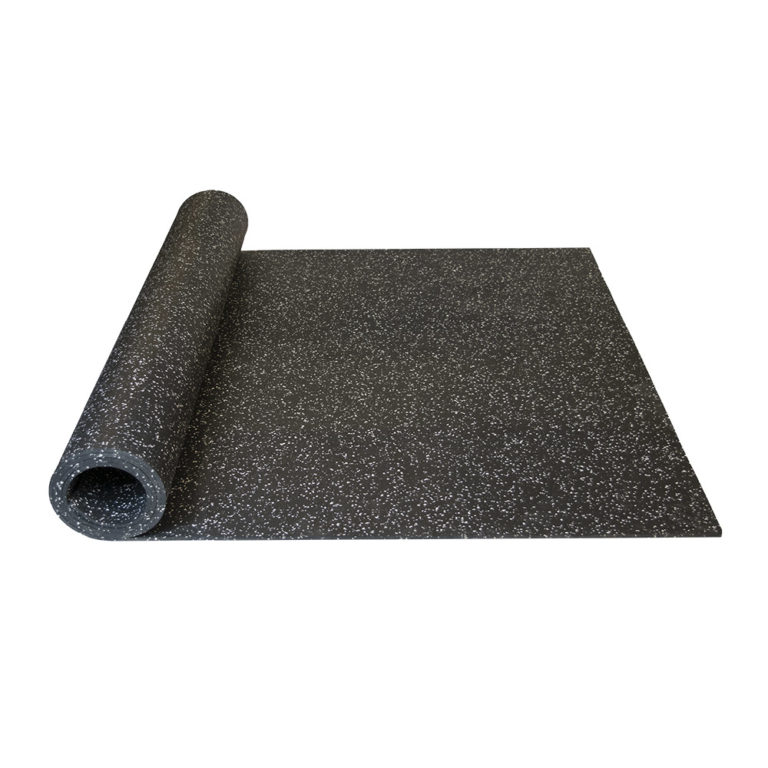
Noisestop Impact Mat 3mm & 5mm
£108.75 exc VAT.
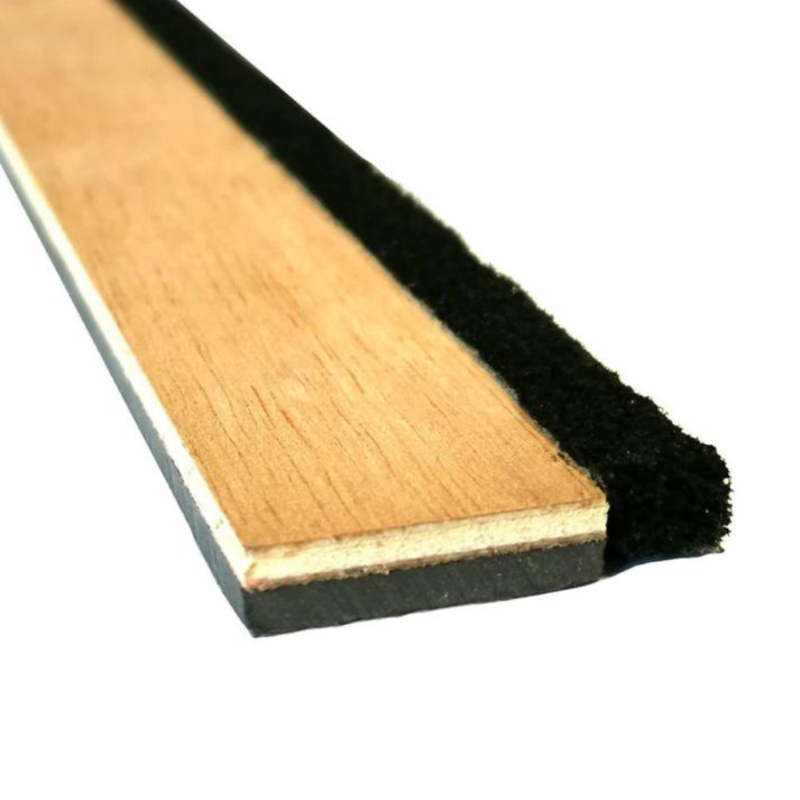
Perimeter Edging Gripper Rod Strips 9mm x 1200mm x 25mm
£5.65 exc VAT.
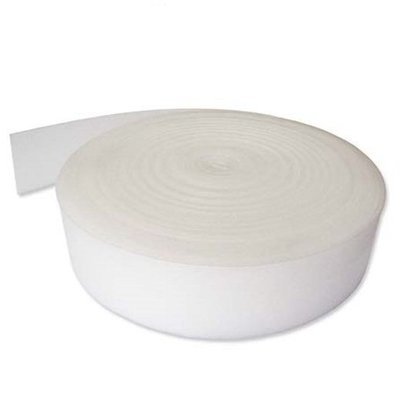
Perimeter Isolation Tape 25m x 100mm x 5mm Flanking Strip
£12.3 exc VAT.
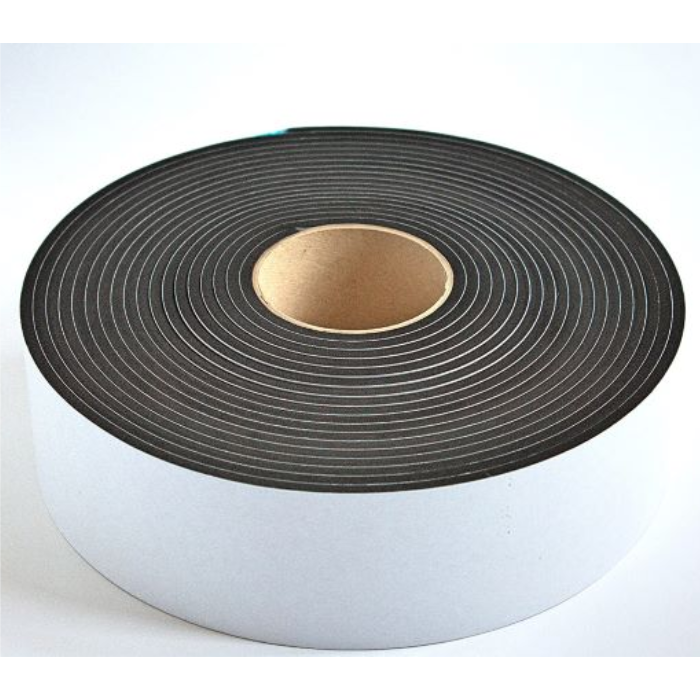
Noisestop Isolation Strips 10m - 50mm, 75mm & 100mm
£11.85 exc VAT.
Soundproofing your floors effectively requires combining materials designed to absorb, block, or isolate noise. Acoustic underlayments, floating floors, and acoustic insulation can create a quieter space. Understanding your specific noise problem and selecting the right floor soundproofing materials can significantly reduce unwanted sound transmission and enhance your comfort.
If you’re looking for expert advice or professional soundproofing solutions, please get in touch.

